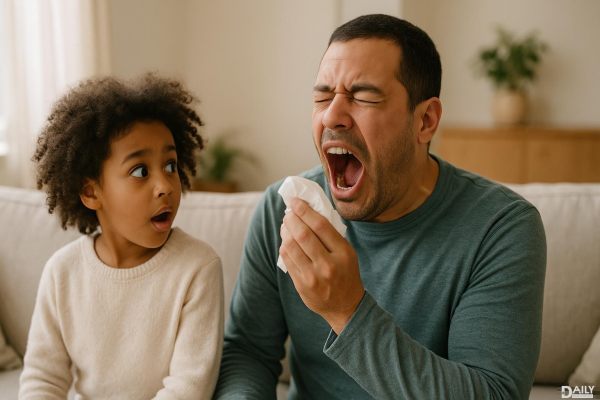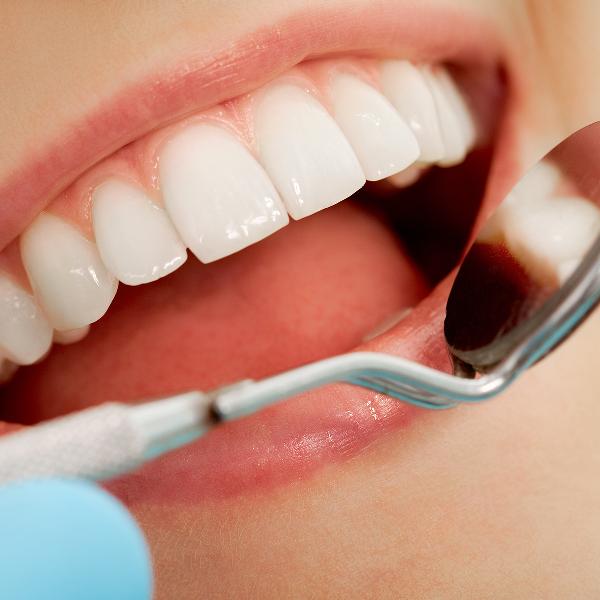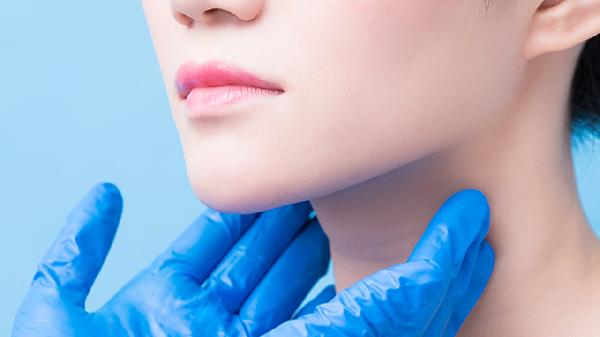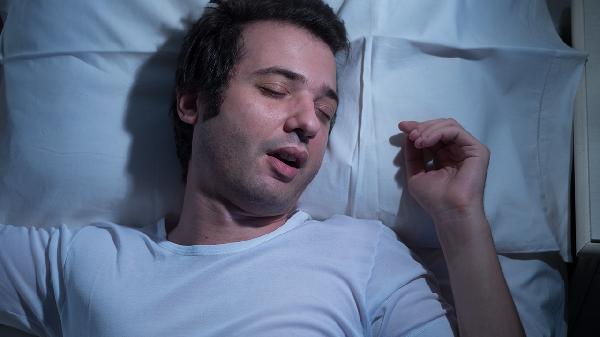Recently, some mothers have encountered a very tricky problem: their 6-year-old child was diagnosed with strabismus, which has left parents both confused and heartbroken. Some parents believe that they have not allowed the child to frequently use electronic devices, so why has their child developed vision problems? In fact, this is likely related to the parents' improper holding posture. Incorrect holding posture can affect the child's health. Let’s take a look with the editor below!

1. Why does holding posture affect a child’s strabismus?
From birth until learning to walk, the infant period is a long time when the child mostly grows up in the arms of their parents. However, the parents' holding posture is closely related to the child's health. From birth to 3 months old, a child cannot be held upright because the neck does not have enough strength to support the weight of the head. Therefore, to protect the child's spine and neck, it is essential not to hold the child upright within the first three months. Some parents hold the child with the head tilted to one side for long periods, which can lead to the child developing a habit of tilting to one side, resulting in a crooked head. In fact, simply changing the holding posture occasionally can help correct or even alleviate the child's head tilt.
2. How should parents correctly hold their child?
First, as mentioned above, the child should not be held upright within the first three months. During the growth process, continuously practicing lifting the head and exercising neck muscles helps increase the neck's supporting strength. Even when the child meets the conditions to be held upright, it should not be done for extended periods. Instead, to protect the child's head and neck, it’s best to support the back of the child's head with one hand. This posture can prevent harm to the child’s bones.
3. What to do if the child has a "crooked neck"?
There are many reasons for a child's "crooked neck," such as frequently holding the child while watching TV, strong unilateral lighting, improper sleeping positions, etc., all of which can cause the child to develop a "crooked neck" symptom. When the child shows signs of a "crooked neck," it is essential to identify the cause promptly for correction. Additionally, muscle massage can help alleviate the symptom. Place the child lying flat on the bed, support the child’s head with one hand, and gently press the areas of muscle spasms with the other hand. Long-term consistent massage is more effective.
The above simple methods can alleviate the child’s symptoms, but parents should still try them based on the child’s specific condition. If the child has any adverse reactions during this period, stop immediately. If the child’s symptoms are severe, it’s best to take the child to the hospital for a detailed check-up.
























